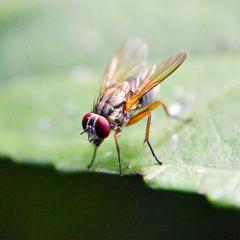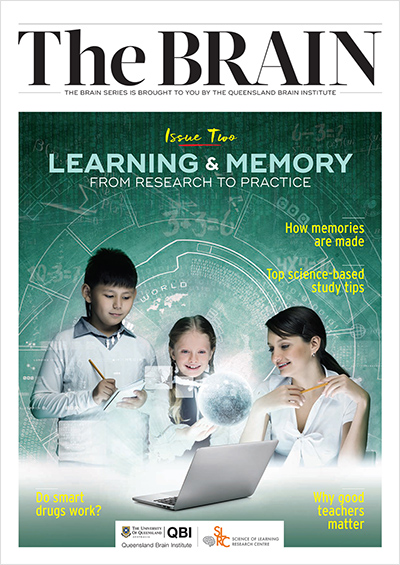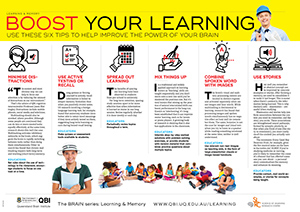Professor Bruno van Swinderen: exploring the origins of consciousness
Professor Bruno van Swinderen is a professorial research fellow and group leader at the Queensland Brain Institute. Professor van Swinderen and his lab focus on subjective awareness and understanding the three brain states where awareness is lost: sleep, selective attention and general anaesthesia.
In the following Q&A, Professor van Swinderen discusses his research, career, inspirations and passions outside the lab.
Question: What does your research look at?
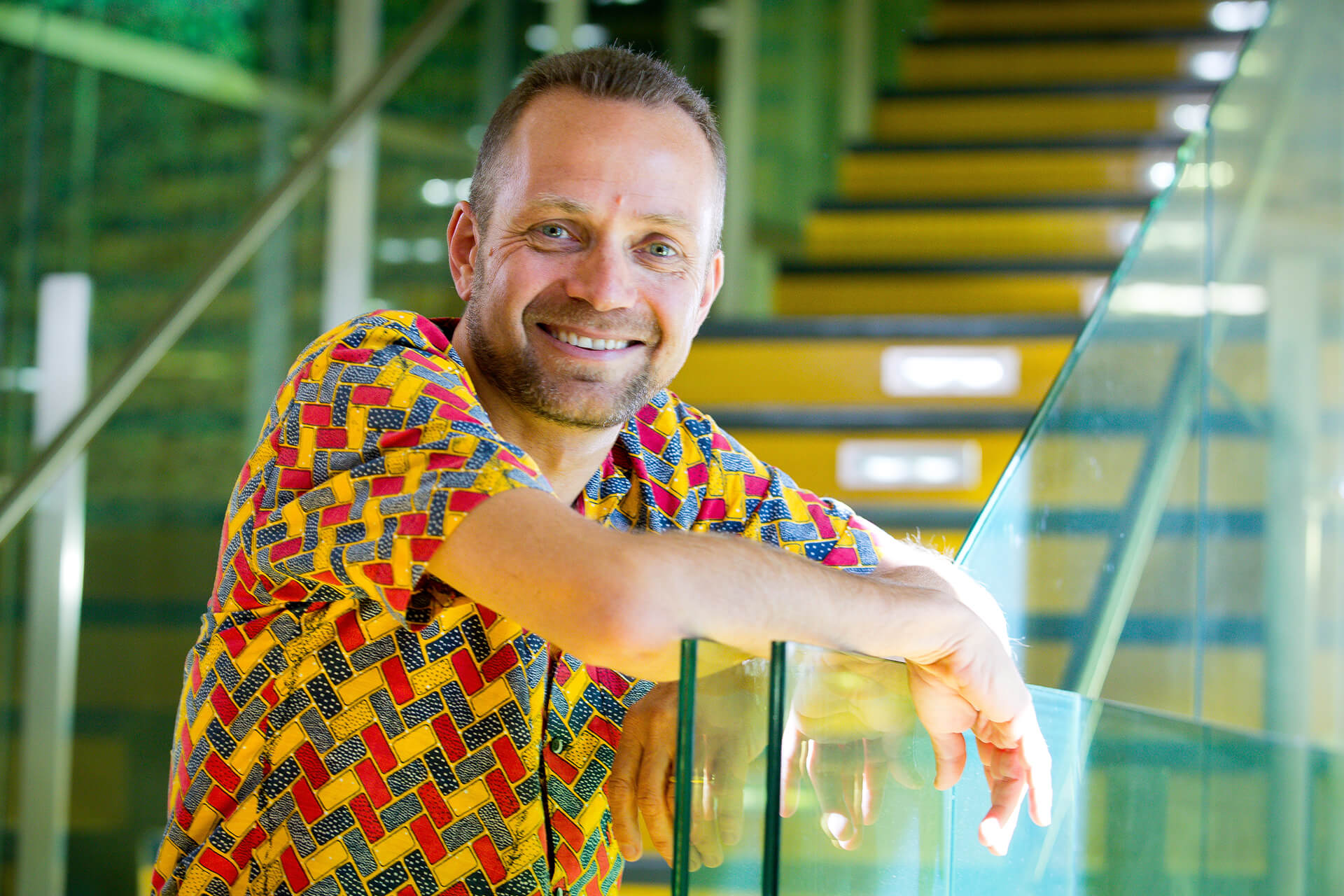
Professor Bruno van Swinderen: I like to think that we study consciousness, although that’s probably just me having a more general view of what my lab does and what motivates me. More pragmatically, we study selective attention, sleep, and general anaesthesia. How does attention work? Why do we need to sleep? And, what exactly happens in the brain when we’re under general anaesthesia? In a way, these are all backdoor approaches to understanding consciousness: during selective attention you turn off your awareness of things you’re ignoring, during sleep your brain shuts things out more broadly (but not completely), and during general anaesthesia a large variety of drugs switch off the light in your head. Are there common mechanisms we can study that might help us understand what’s required for a brain to be conscious? People get this strategy. The part where they often start laughing though is when I tell them that I study all this in fruit flies. But in way that’s the point. I don't believe there is anything special about human consciousness. What we have, flies have. We just have more narratives to play with. I think consciousness can be understood by studying flies.
Q: What has been the biggest discovery of your career?
BVS: It was actually a thought. I was riding a CityCat towards UQ one morning a couple of years ago, and I understood why we need to dream. It just suddenly all made sense and was also comforting in a philosophical kind of way. In a nutshell, I think we dream to first become conscious as babies and then to stay conscious as adults. It’s adaptive. There’s a whole theory behind that idea linked to a field called predictive processing, which I think is totally testable in a fly. I suspect other people have had the same idea, but it was still a big discovery to me. To test it will take a lot of hard work though, and I have sometimes wondered if I should just draw a comic book story about it instead.
Q: What motivated you to become a researcher?
BVS: My father was a big influence. He was a biologist and a keen birdwatcher. I think my interest in animal behaviour and consciousness more broadly came from him. But my move to research was more pedestrian: I was a lab tech preparing agar plates at Brandeis University in the USA, and down the hall from where I worked seemed to be a very lively lab with interesting people. I just walked over one day and asked if I could work there instead and ended up doing research on fly behaviour genetics. I then stayed in research, because of the freedom it allows. I made sure I always worked on exactly what I was interested in though: behaviour.
Q: How has COVID impacted your research?
BVS: It hasn’t really. Flies are easy to grow, so if you have a setback (e.g., a Covid lockdown), it’s not that hard to get back in gear doing experiments once the virus settles. Rather, I think it’s affected people’s motivations. Why work on fly consciousness if there’s Covid? Why even do basic research? I worry that younger people aren’t that optimistic about the future.
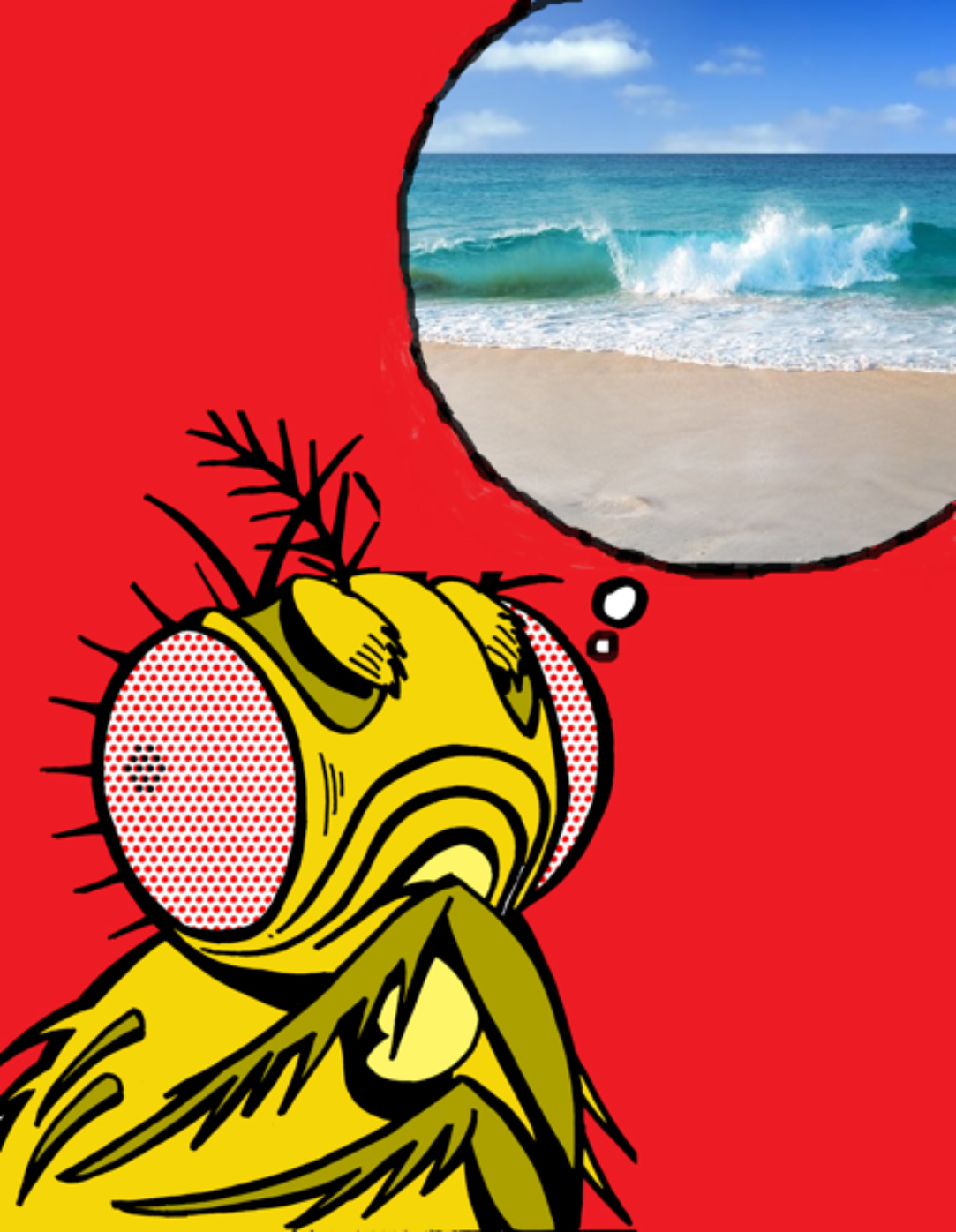
Q: Where to from here?
BVS: We’re living in one of the most exciting times in human history. We are on the cusp of understanding how brains pay attention, why we sleep, why we dream. Further, it is becoming increasingly obvious that most animals are conscious, not exactly like us, but having a subjective awareness. They probably dream. Meanwhile, we are seeing a huge interest in artificial intelligence, in designing devices or algorithms that make intelligent, predictive decisions based on past experience – just like brains do. We are entering a new era of the brain, not only about how to fix it when it’s broken, but also just about understanding how it works normally. I hope that knowing exactly how a fly brain works will contribute to this scientific revolution. I’d be very happy if the three questions we work on in my lab were answered in some satisfactory way within my lifetime.
Q: What do you enjoy doing when you’re not in the lab?
BVS: My wife Anja and I have raised three wonderful humans, so they are pretty much front and centre in our lives. Beyond family and science, there are so other many things I enjoy. Building model airplanes. Drawing in my attic. Reading about Africa. Kayaking. Being in nature is always good. I have several favorite trees I like to visit regularly. There’s an enormous fig at the end of Lake Enoggera, further up the creek about a kilometer, in a patch of proper rainforest. I sit there. There’s a booyong with curvy buttressed roots, above the waterfall at Cedar Creek. I have a bunch of baobab seeds from Benin that I’m considering (illegally) planting in my secret places, and revisiting when I’m old. But until then, there’s the couple baobabs I sometimes visit at the Mt Coot-Tha gardens. They remind me of Africa.



